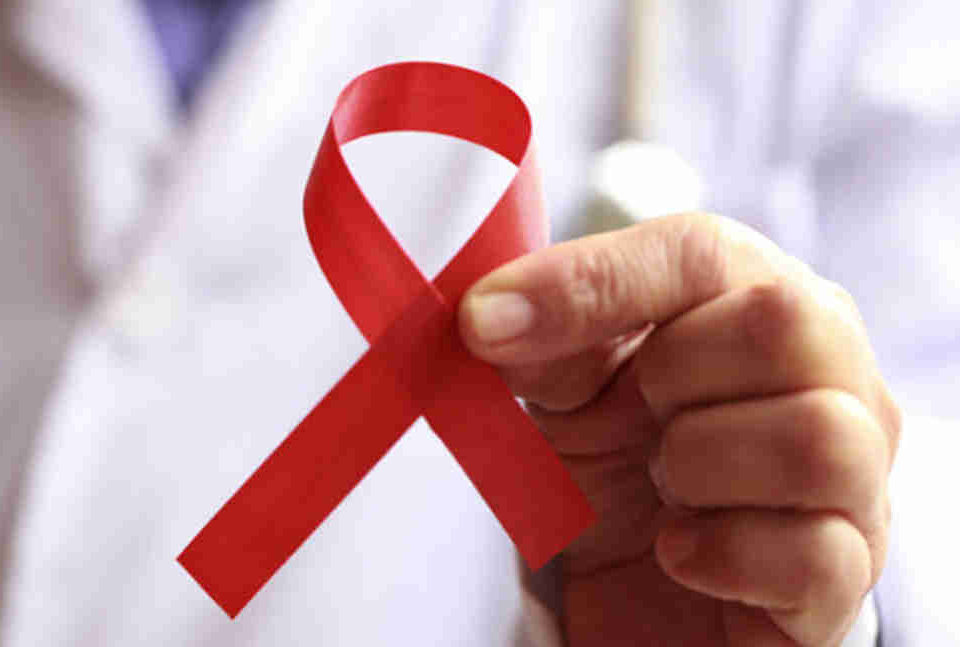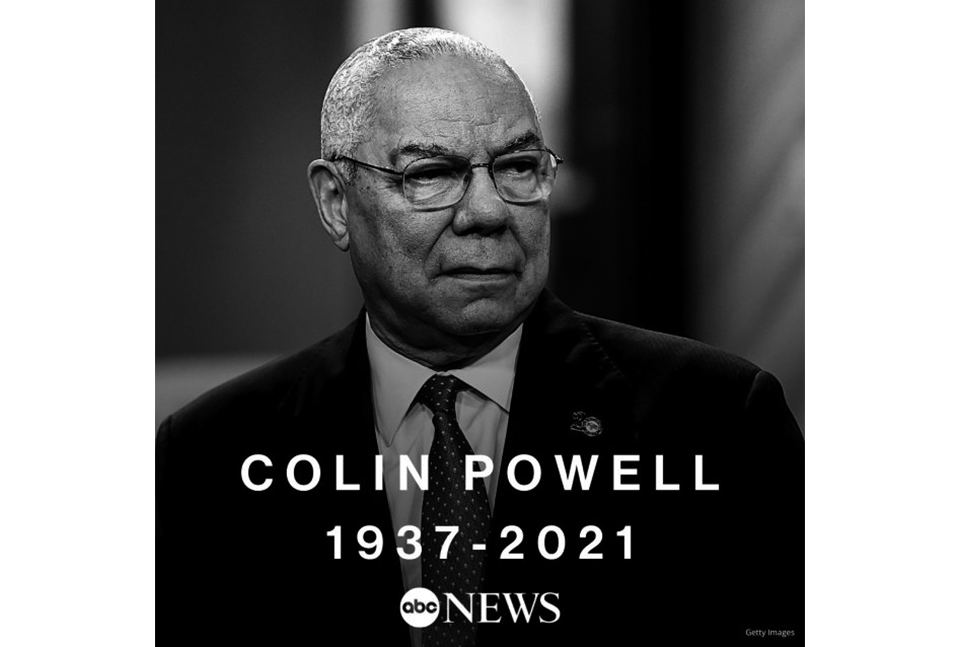- 如有疑问,请联系电邮
- customer@ihealth66.com
USNEWS:婴儿X射线检查前应考虑的问题

USNEWS:征税对苏打汽水的销售抑制有效吗?
2018年12月4日
最新临床试验:达布拉非尼联合曲美替尼治疗不能手术切除的Ⅲ-Ⅳ期BRAF突变性黑色素瘤
2018年12月5日By Michael O. Schroeder
冬季1岁孩子到医院里最常见的原因:毛细支气管炎。这种疾病在冬季时往往达到顶峰。梅奥诊所称,症状开始时与普通感冒相似,但随后发展为咳嗽、喘息,有时甚至呼吸困难。严重毛细支气管炎的并发症可从缺氧导致孩子的嘴唇或皮肤变蓝(称为紫绀)到脱水和呼吸衰竭。
然而,呼吸道炎症是否应用抗生素治疗,是一个非常难以抉择的问题。因此,引入X线检查作为炎症发展程度的重要指标,成为一个较为普遍的方案。但是X线检查对于幼童的危害是否应该考虑在内呢?
伯斯坦说,年幼的孩子对辐射更敏感。对1岁儿童进行头部CT扫描,大约相当于使一个人一生中产生2570次患致命癌症的风险增加一次。通过比较,他指出,估计死于机动车事故的寿命风险是1/100,而估计溺水的寿命风险是1/1000。用X射线照射的辐射要少得多。Burstein说:“对于毛细支气管炎来说,X射线最主要的下游后果是不恰当地使用抗生素。”因此,父母们质疑成像方式的必要性是很重要的,不管是胸部X光还是CT扫描。”
当然,这要求医生具有更高的诊断能力,从患儿的症状上来判断是否使用抗生素,以同时减少X线与抗生素带来的风险!
IT’S THE MOST COMMON reason a child under 1 may end up at the hospital: bronchiolitis. The illness tends to peak in the winter months. Symptoms start out similar to the common cold but then progress to coughing, wheezing and sometimes even difficulty breathing, according to the Mayo Clinic. Complications of severe bronchiolitis can range from a lack of oxygen that turn a child’s lips or skin blue – called cyanosis – to dehydration and respiratory failure.
Not surprisingly, parents and clinicians would want to do everything they can to ensure a baby is well cared for and kept safe. Fortunately, in most cases kids don’t experience such serious complications. What’s more, doctors are usually able to make a diagnosis by examining the young patient and using a stethoscope to listen to the child’s lungs.
Despite this, and concerted efforts like the Choosing Wisely initiative focused on fostering a dialogue about avoiding unnecessary tests, treatments and procedures, data indicates many children under 2 years of age with bronchiolitis routinely get chest X-rays, when in fact radiography isn’t typically needed. “Unnecessary imaging for bronchiolitis contributes to health care costs, radiation exposure, and antibiotic overuse and consequently was identified in 2013 as a national ‘Choosing Wisely’ priority,” notes a research letter published in the Journal of the American Medical Association in October.
Yet the study found that the rate of X-rays for children under 2 with bronchiolitis who were admitted to hospital emergency departments in the U.S. didn’t decrease between 2007 and 2015. The data indicates nearly half – or a mean of 46 percent – received X-rays.
“It appears that there has not really been much progress, in terms of reducing radiography for the diagnosis of bronchiolitis,” says Dr. Brett Burstein, a pediatric emergency medicine physician at Montreal Children’s Hospital who led the research that relied on data from the Centers for Disease Control and Prevention. X-rays were most frequently done on bronchiolitis patients at non-pediatric hospitals, where the majority of young patients are seen.
In addition to radiation exposure, Burstein points out there’s a high association between receiving a chest X-ray for bronchiolitis and antibiotic prescribing, which is inappropriate for bronchiolitis. Reducing inappropriate antibiotic prescription is a top priority of the American Academy of Pediatrics. “Study limitations include a lack of clinical data to determine the appropriateness of radiographic imaging, which may differ depending on physician experience,” the researchers note. “However, AAP guidelines recommend imaging only in severe cases that warrant intensive care or suggest the possibility of airway complication, which is unlikely for ED-discharged patients.” According to AAP clinical practice guidelines, “Initial radiography should be reserved for cases in which respiratory effort is severe enough to warrant ICU admission or where signs of an airway complication (such as pneumothorax) are present.” Burstein explains that pneumothorax is like an air leak or lung puncture within the chest.
Premature infants and those in the first couple months of life who develop bronchiolitis can sometimes experience “pauses in breathing,” or what’s called apnea, according to Mayo Clinic.
“For bronchiolitis specifically, the recommendation is in uncomplicated cases you don’t really need a chest X-ray because it doesn’t really affect treatment,” explains Dr. Richard Southard, a pediatric radiologist and director of CT and cardiac imaging for the radiology department at Phoenix Children’s Hospital. Still in a minority of cases that are more complex, an X-ray may be helpful. “If the child’s like less than a month old, has a high fever, a white (blood cell) count elevation, severe distress, then those are the ones that you want to basically (determine) is there pneumonia on top of it that would benefit from antibiotics versus not,” Southard says.
Experts say it’s important for parents and clinicians to discuss the need for X-rays or other tests and how going through with those might help with diagnosis or influence treatment, before proceeding. “You don’t want to do a test unnecessarily,” Southard says. Still, he and other clinicians say that must be balanced against doing what’s necessary to make a proper diagnosis.
What’s more, experts say that even when the evidence supports not doing a test or imaging, there’s often an expectation that doctors should do more rather than less. “There’s no question that physicians face a pressure, in part established by habit, medical culture, parental expectations – all of which contributes,” Burstein says.
As with X-rays for bronchiolitis patients, Burstein found the use of CT scans – which use higher levels of radiation – to evaluate children with head injuries hasn’t decreased either. “Excess CT use contributes to rising health care costs, exposes many children to the harmful effects of ionizing radiation and for some, the additional risks of sedation required for imaging,” he and fellow researchers wrote in the recent study published in Pediatrics. “With a long-standing recognition of the lifetime fatal malignancy risk that is associated with CT imaging, considerable efforts have been made, championing the ‘as low as reasonably achievable’ principle and a reduction of unnecessary CT scans.”
Along with considering ways to make a diagnosis that don’t involve imaging, when possible, health providers use lower-dose radiation on kids. Phoenix Children’s, for example, supports the Image Gently campaign, which involves taking a pledge to use the lowest effective dose of radiation on children that will still yield images that can be used to make a diagnosis. “It’s pointless to use really low dose techniques (where) the images are so grainy that you can’t diagnose anything,” Southard says. “So you can only go so far.”
Although difficult to quantify and variable based on everything from radiation dose to the patient’s age when scanned, Southard says the lifetime risk of developing cancer due to radiation exposure from imaging is very low. But it’s key parents and doctors discuss the need for imaging, experts say, and that there’s a focus on using the lowest dose of radiation that’s effective, especially for kids who need to undergo many scans.
The younger children are, the more sensitive they are to radiation, Burstein says. A head CT done on a 1-year-old produces, approximately, an excess (or additional) 1 in 2,570 lifetime risk of developing a fatal cancer. By way of comparison, he notes, the estimated lifetime risk of dying in a motor vehicle accident is about 1 in 100, and the estimated lifetime risk of drowning is about 1 in 1,000. There’s far less radiation exposure with an X-ray. “The most important downstream consequence specifically of X-rays for bronchiolitis is the inappropriate use of antibiotics,” Burstein says. “So it’s important that parents question the need for imaging modalities whether it’s a chest X-ray or a CT scan.”





